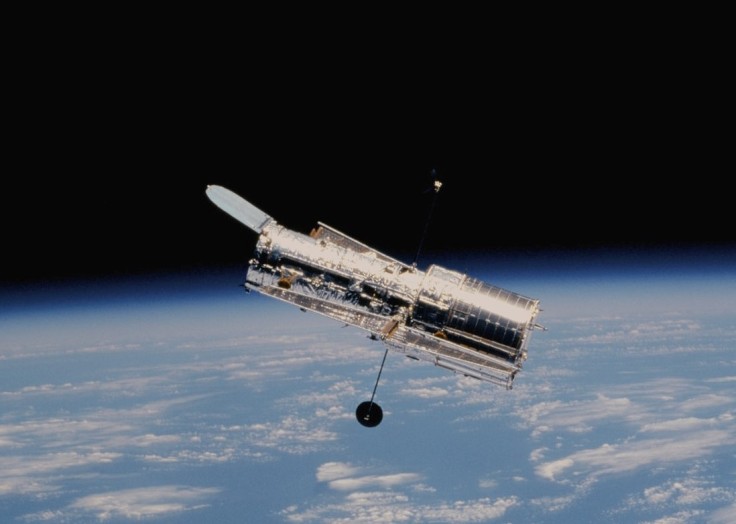
What a monumental return for the Hubble Space Telescope!
After a month since its cameras were placed on safe mode due to a computer glitch, Hubble is back to take breathtaking snaps of the cosmos once more. Its first images since its shutdown showed a set of unusual galaxies, which were released on Saturday, as highlighted in a Business Insider report.
NASA Hubble Telescope Pictures: Intriguing Galaxies in 'Intergalactic Tango,' Spiral Galaxy With Three Arms
One image has a pair of galaxies slowly colliding, while another brings into view a spiral galaxy with a distinctive trio of long, extended arms--which is quite out of the ordinary given that most spiral galaxies have an even number of arms.
Hubble's back! 🎉
— Hubble (@NASAHubble) July 19, 2021
After the Hubble team successfully turned on backup hardware aboard the telescope, the observatory got back to work over the weekend and took these galaxy snapshots.
Find out more here: https://t.co/2mWwSGyIKc pic.twitter.com/Y6tVQWrjig
The first image, NASA said, showed the object ARP-MADORE2115-273, which is two different galaxies 297 million light years away from Earth. They are intertwined in an "intergalactic tango," Space.com revealed. Hubble observations showed that this "interaction between the galaxies is far more complex" than just a mere "collisional ring" system caused by a direct merger of two galaxies, as it left behind "a rich network of stars and dusty gas," NASA further said.
The second image presented ARP-MADORE0002-503, has unique three-arm spiral galaxy 490 million light years away from Earth. Its arms stretch to a radius of 163,000 light years, thus "making it three times more expansive than our Milky Way Galaxy," NASA stressed.
Currently, Hubble is snapping at the northern and southern auroras on Jupiter and other tight star clusters, but NASA has yet to release the images.
These Hubble snaps are just two test images after NASA and the European Space Agency successfully rebooted the iconic space observatory.
NASA Hubble Space Telescope Computer Glitch
Hubble went on safe mode on June 13, leaving its scientific instruments offline after its payload computer malfunctioned due to a power glitch. After several weeks of troubleshooting, NASA engineers only recently discovered the cause of Hubble's woes--an erring circuit between the telescope's Power Control Unit and the payload computer.
On July 17, NASA managed to restore Hubble operations by switching to a backup computer. It allowed them to take control of its six cameras and sensors that see through visible, infrared, and ultraviolet wavelengths of light throughout space.
In a NASA statement, the US space agency's administrator Bill Nelson said he was thrilled to see Hubble's "eye back on the universe" taking images that have "intrigued and inspired us for decades." Nelson further hailed the Hubble team for its accomplishments.
NASA Hubble Telescope Legacy
In its more than a million astonishing images of the universe taken since 1990, the solar-powered Hubble has offered astronomers and stargazers a mind-boggling showcase of infant stars, dying supernova, colliding galaxies, gigantic emissions of stellar dust, black holes and dark matter that gobble up on spiral nebula.









